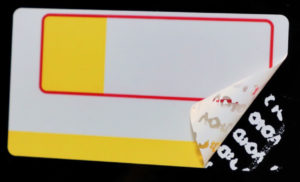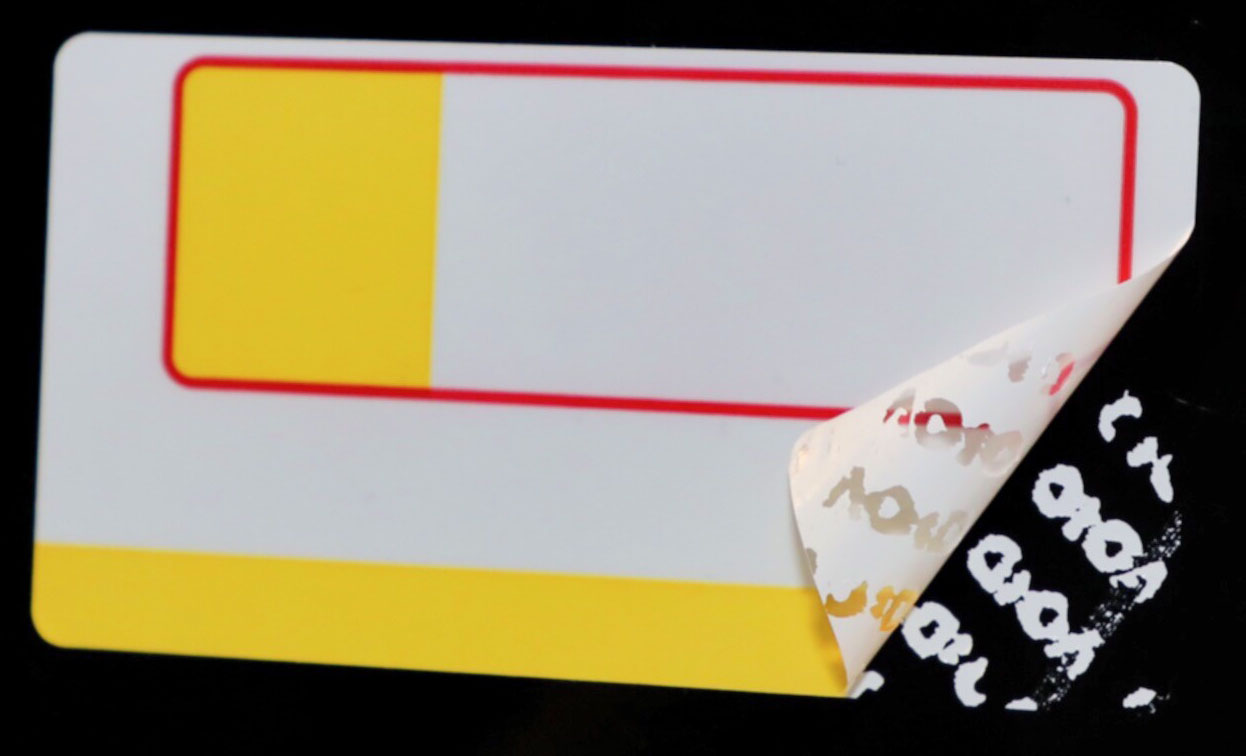
Very few items, if any, are really tamper “proof.”
Tamper Labels are pivotal in safeguarding products across various industries as a defense against unauthorized tampering. Offering peace of mind to both manufacturers and consumers, tamper labels are essential for businesses aiming to protect their products and brand integrity. Whitlam delves into the intricacies of tamper labels, exploring their significance, types, and implementation strategies to enhance product security.
The Importance of Tamper-Evident Labeling
Tamper labels are ingeniously designed to indicate any unauthorized access or tampering, thereby protecting consumers and ensuring the product’s authenticity. The necessity for such measures extends across numerous sectors, including healthcare, food and beverage, industrial equipment, and consumer goods, to name a few. Sometimes, the law mandates tamper-evident labels, underscoring their importance in consumer safety.
Some tamper-evident labels may simply have a statement informing a user that special tamper-evident features on a package or device should be examined to verify the feature is intact before using the product. Tamper-evident labels may also have features that indicate that tampering has occurred to the label itself.
Types of Tamper-Evident Labels
Tamper-evident labels come in various forms, each tailored to meet specific industry needs and tampering threats. Some labels may carry a simple message, alerting users to tamper-evident features and urging them to verify the product’s integrity before use. More sophisticated labels incorporate physical indicators that visibly demonstrate tampering, such as the label itself being damaged or leaving a residue that signals an attempt to remove it.
Manufacturers often seek labels that self-destruct or leave evidence of tampering when someone attempts to remove them. This feature is particularly valuable in combating the issue of authentic labels being transferred to counterfeit or stolen items, a common concern in industries like automotive manufacturing and electronics.
If a label is removed from a product, many manufacturers may also want evidence left behind on the product indicating that a label was once, in fact, present. This may be a desirable feature for a warning label. If someone becomes injured using a product (i.e., tools, lawn maintenance equipment, appliances, etc.), a manufacturer may point to the warning label on their product during litigation matters.
Tamper Label Design Features
Tamper-evident labels can include a variety of design elements to signal tampering:
- Visual Indicators: Words like “TAMPERED” or “VOID” may appear on the product if the label is tampered with, providing immediate visual evidence.
- UV Luminescent Footprints: Some labels leave a UV-visible mark on the product, indicating label removal.
- Tamper Cuts: These are small die-cuts within or around the label’s edges, causing it to tear when tampered with, making it nearly impossible to remove the label intact.
- Material and Technology Considerations
The choice of materials and technology is crucial. Options range from fragile materials that break easily to more durable ones that withstand environmental challenges like temperature fluctuations, moisture, and chemical exposure.
The effectiveness of a tamper-evident label also depends on the product surface it adheres to, requiring a careful balance of materials, inks, coatings, and tamper-evident feature chemistry to ensure optimal performance.
Several features can also be incorporated into tamper-evident labels, which can be overt (visible) or covert (hidden). It is important to consider all factors for each application so the best combination of tamper-evident features can be used. Manufacturers want their labels to be durable enough to withstand the entire life cycle of their products but also fragile enough to indicate tampering.
These requirements hold under various circumstances: high temperatures, low temperatures, excessive moisture, mechanical and abrasion resistance, chemical resistance, etc. Product surfaces to which labels are applied vary significantly. The substrate’s surface energy, topography, orientation, etc., can also influence the performance of a tamper-evident label. All of these require maintaining the right balance between materials, inks, coatings, tamper-evident feature chemistry, and their performance.
Whitlam Label’s Expertise
At Whitlam Label, we understand the critical balance required to design effective tamper-evident labels. With our vast experience and advanced testing capabilities, we specialize in creating labels that meet the stringent requirements of various industries and withstand the diverse conditions products may encounter throughout their lifecycle. Contact us today, and let’s work together to ensure your next project meets all the requirements for an effective Tamper Label.
